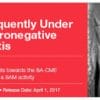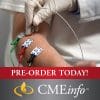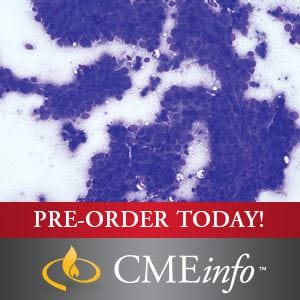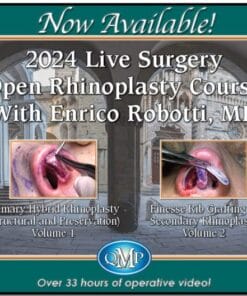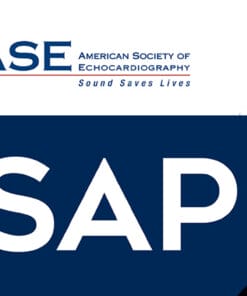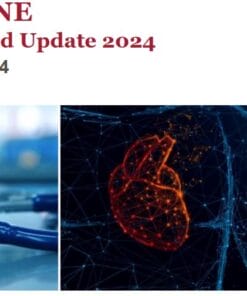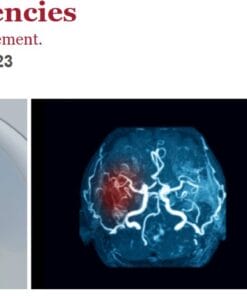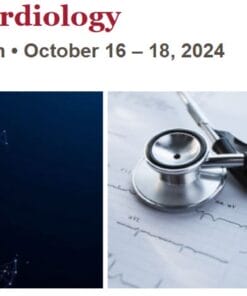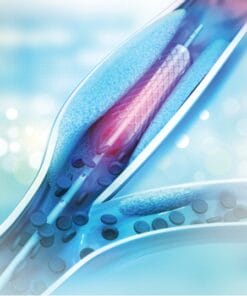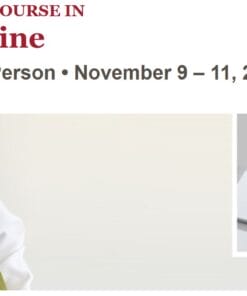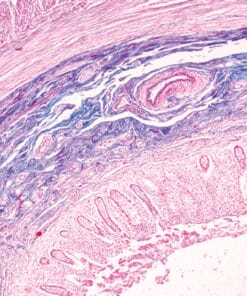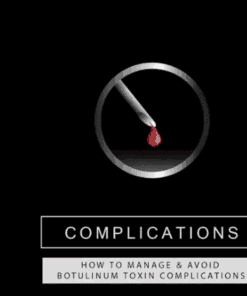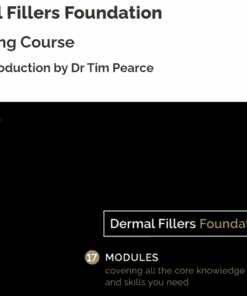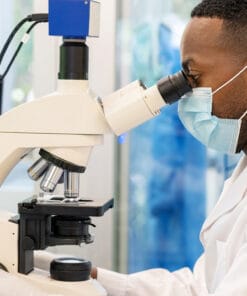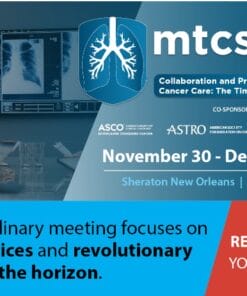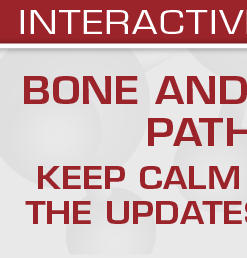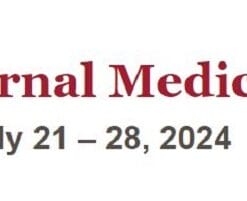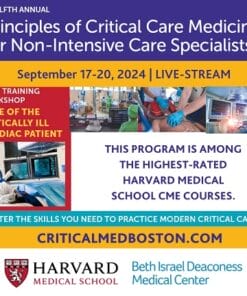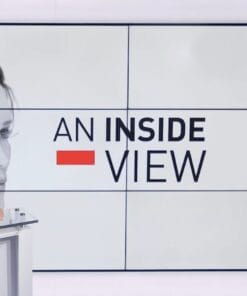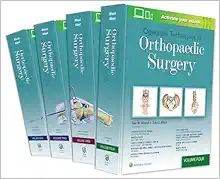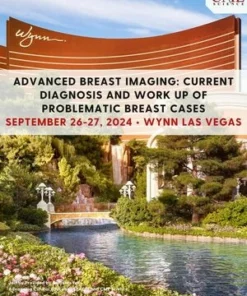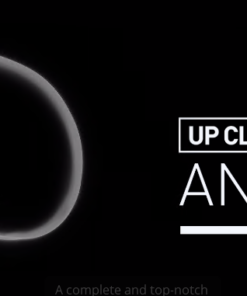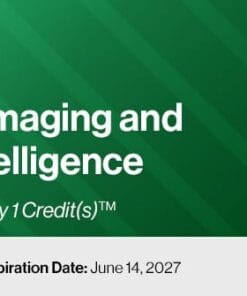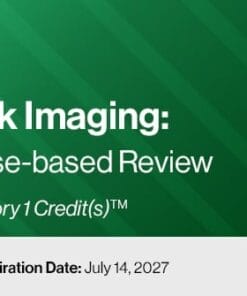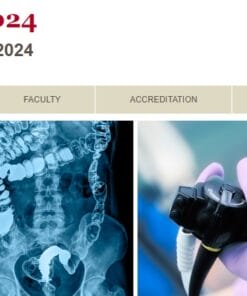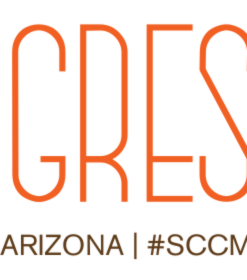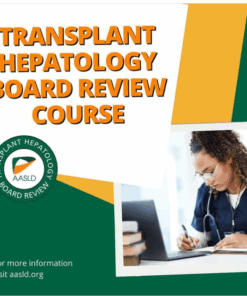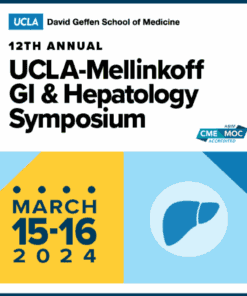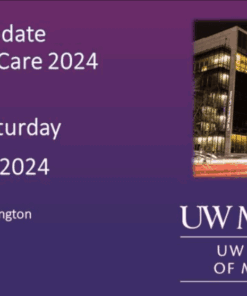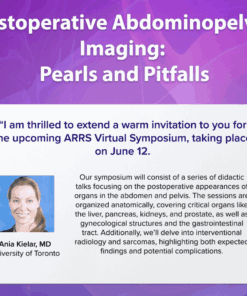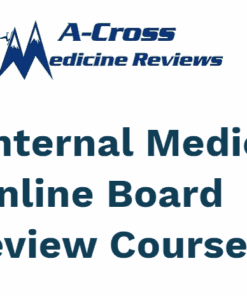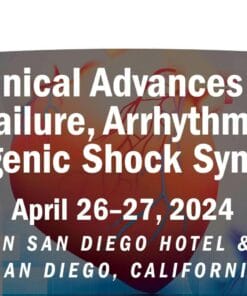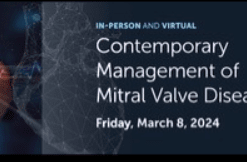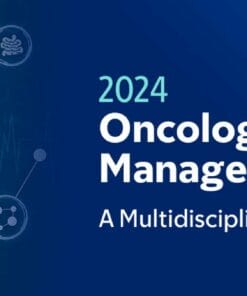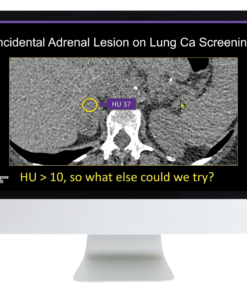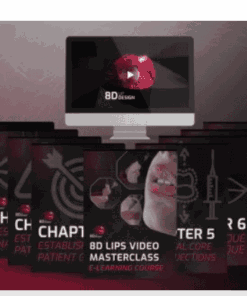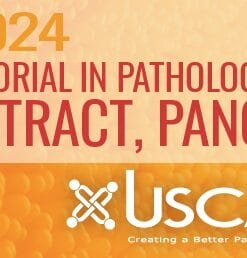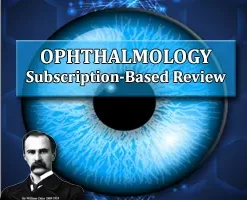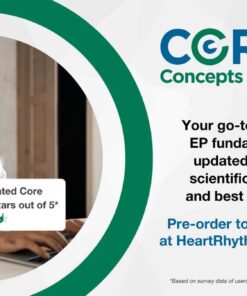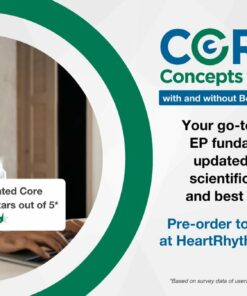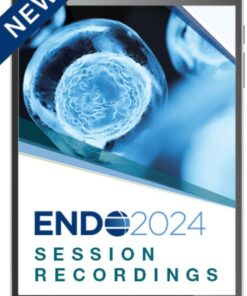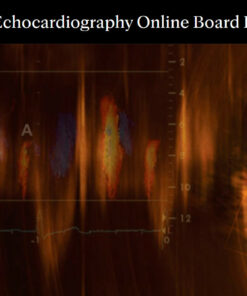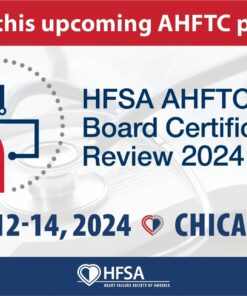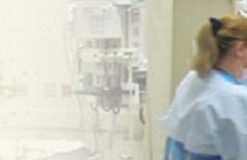New Concepts for Your Clinical Practice
This online CME program is designed to improve the general pathologist’s understanding and confidence in the diagnosis of cytopathology specimens. The course is divided by specimen type, with experts in each area sharing short, high-yield lectures. Additionally, editors of four major reporting systems participate in informal, podcast-type discussions of their systems with a pathologist. Masters of Pathology Series – Cytopathology will help you to:
- Gain familiarity with new reporting systems and the updates being made to existing systems
- Compare methodologies and recognize cytomorphologic features
- Generate standardized reports that are more useful clinically, and better understood by clinicians
- Contribute to better patient outcomes and optimize patient care
Expand Your Skills
Available online, Cytopathology provides a maximum of 24 AMA PRA Category 1 Credits ™ and access to unbiased, evidence-based content and case-based reviews so you can expand your knowledge and incorporate the latest guidelines into your daily practice.
Designation
Oakstone Publishing designates this enduring material for AMA PRA Category 1 Credits ™. Physicians should claim only the credit commensurate with the extent of their participation in the activity.
This activity has been registered as a Lifelong Learning (Part II) and Self-Assessment Module (SAM) to offer credits in the American Board of Pathology’s (ABPath) Continuing Certification program.
Date of Original Release: November 30, 2020
Date Credits Expire: November 30, 2023
CME credit is awarded upon successful completion of a course evaluation and post-test.
Learning Objectives
At the conclusion of this course, the participant will be able to do the following:
- List ancillary tests that should be ordered on lung specimens when a new diagnosis of non-small cell carcinoma is made
- Describe changes made in the newest version of The Bethesda System for Reporting Thyroid Cytopathology
- Name the diagnostic categories used in The Paris System for Reporting Urinary Cytology
- Understand situations in which a diagnosis of Salivary Gland of Uncertain Malignant Potential (SUMP) can be made
- Recognize the cytomorphologic features of common bone and soft tissue tumors on fine needle aspiration
- Compare different methodologies used for human papillomavirus (HPV) testing
Topics/Speakers :
- Thyroid I: Updates in The Bethesda System for Reporting Thyroid Cytopathology – Christopher J. VandenBussche, MD, PhD
- Thyroid II – Benign and Indeterminate Findings – Christopher J. VandenBussche, MD, PhD
- Thyroid III: Neoplasia – Christopher J. VandenBussche, MD, PhD
- Thyroid Cytopathology – Current Status and Future Directions – Syed Z. Ali, MD, FIAC and Kristen E. Natale, DO
- Salivary Gland I: Introduction to The Milan System for Reporting Salivary Gland Cytopathology – Christopher J. VandenBussche, MD, PhD
- Salivary Gland II: Updates on Specific Entities & Pitfalls – Christopher J. VandenBussche, MD, PhD
- Salivary Gland FNA and the Milan System – Conversation with the Expert – William C. Faquin, MD, PhD and Kristen E. Natale, DO
- Hepatobiliary Cytopathology – M. Lisa Zhang, MD
- Pancreas I – Current Concepts and Benign/Reactive Findings – Christopher J. VandenBussche, MD, PhD
- Pancreas II – Solid Lesions – Christopher J. VandenBussche, MD, PhD
- Pancreas III – Cystic Lesions – Christopher J. VandenBussche, MD, PhD
- Serous Fluids I: Current Concepts and The International System for Reporting Serous Fluid Cytopathology (TIS) – Christopher J. VandenBussche, MD, PhD
- Serous Cavity II – Pleural Fluids: Can We Diagnose Mesothelioma on a Cytology Specimen? – Paul A. VanderLaan, MD, PhD
- Serous Cavity III – Pelvic Washings – Christopher J. VandenBussche, MD, PhD
- The International System for Reporting Serous Fluid Cytopathology – Conversation with the Expert – Ashish Chandra, FRCPath, DipRCPath, (Cytol) and Kristen E. Natale, DO
- Bone and Soft Tissue I: Adipocytic and Myxoid Neoplasms – Vickie Y. Jo, MD
- Bone and Soft Tissue II: Spindle Cell Tumors – Vickie Y. Jo, MD
- Bone and Soft Tissue III: Round Cell Sarcomas – Vickie Y. Jo, MD
- Bone and Soft Tissue IV: Epithelioid and Pleomorphic Neoplasms – Vickie Y. Jo, MD
- Lymph Node Cytology Part 1: Benign and Infectious – Sara Monaco, MD
- Lymph Node Cytology Part 2: Malignant Lymphomas and Beyond – Sara Monaco, MD
- Cerebrospinal Fluid – What Not to Miss – Christopher J. VandenBussche, MD, PhD
- Gynecologic Cytology Part 1: The Papanicolaou Test and Squamous Lesions – Michael J. Thrall,MD
- Gynecologic Cytology Part 2: Glandular Cells and Abnormalities, Rare Malignancies, and Organisms – Michael J. Thrall,MD
- Gynecologic Cytology Part 3: Human Papillomavirus Testing and Clinical Management – Michael J. Thrall,MD
- Pulmonary I – Cytology of NSCLC: Morphology Still Matters! – Paul A. VanderLaan, MD, PhD
- Pulmonary II – Pulmonary Neuroendocrine Tumors: Not Every Lung Cancer is an Adeno or a Squam – Paul A. VanderLaan, MD, PhD
- Pulmonary III – Ancillary Testing in NSCLC: What Information Does Your Oncologist Need? – Paul A. VanderLaan, MD, PhD
- Pulmonary IV – Non-Neoplastic Pulmonary Cytology: Bugs, BALs, and Beyond – Paul A. VanderLaan, MD, PhD
- Kidney – Fine Needle Aspiration – Christopher J. VandenBussche, MD, PhD
- Adrenal Gland and Kidney/Adrenal Unknowns – Christopher J. VandenBussche, MD, PhD
- Breast I – Christine Noga Booth, MD
- Breast II – Christine Noga Booth, MD
- Urine I – Introduction to The Paris System and Current Concepts – Christopher J. VandenBussche, MD, PhD
- Urine II – Applying The Paris System – Christopher J. VandenBussche, MD, PhD
- The Paris System for Reporting Urinary Cytology: The Long Road to Paris and Beyond – Conversation with the Expert – Dorothy L Rosenthal, MD and Kristen E. Natale, DO


